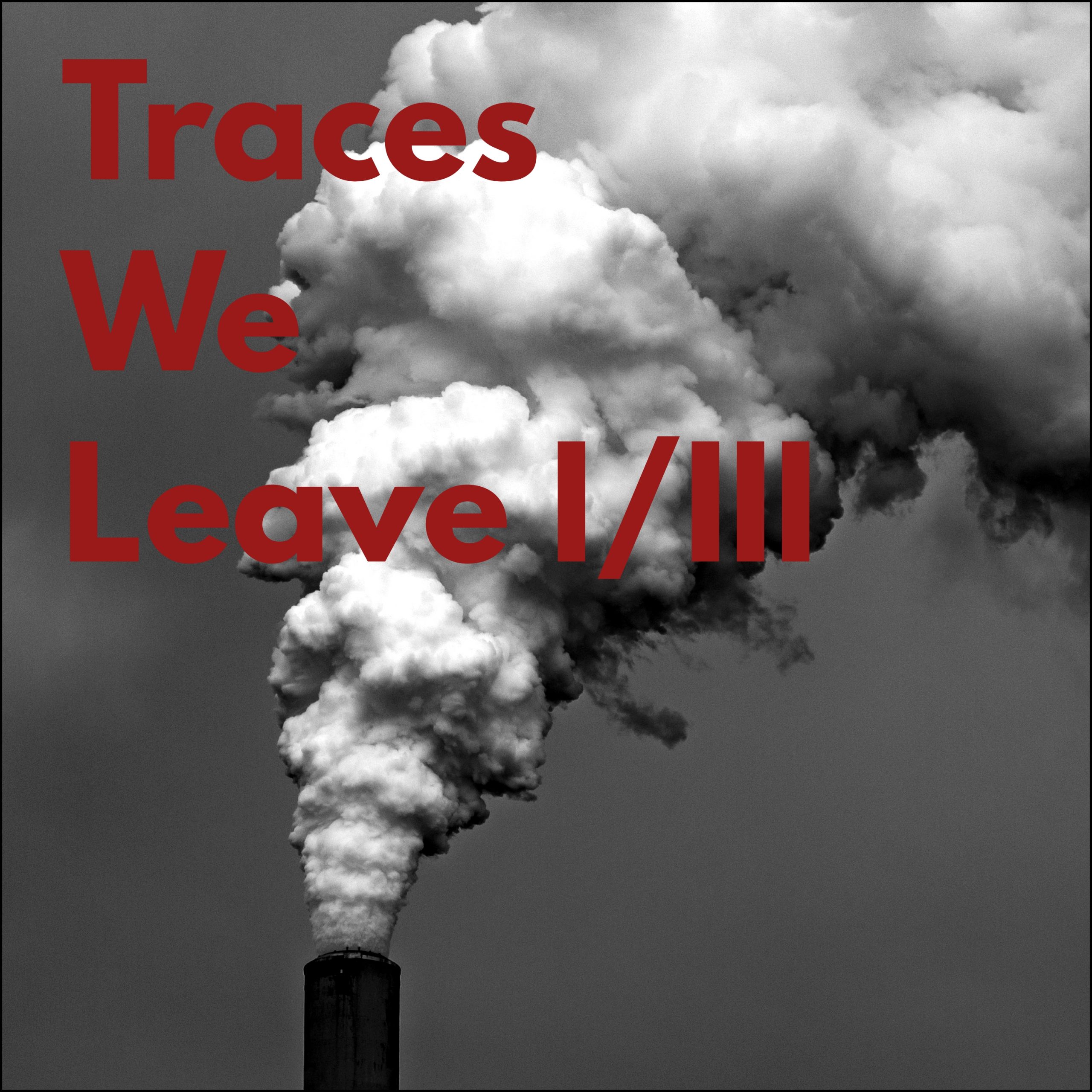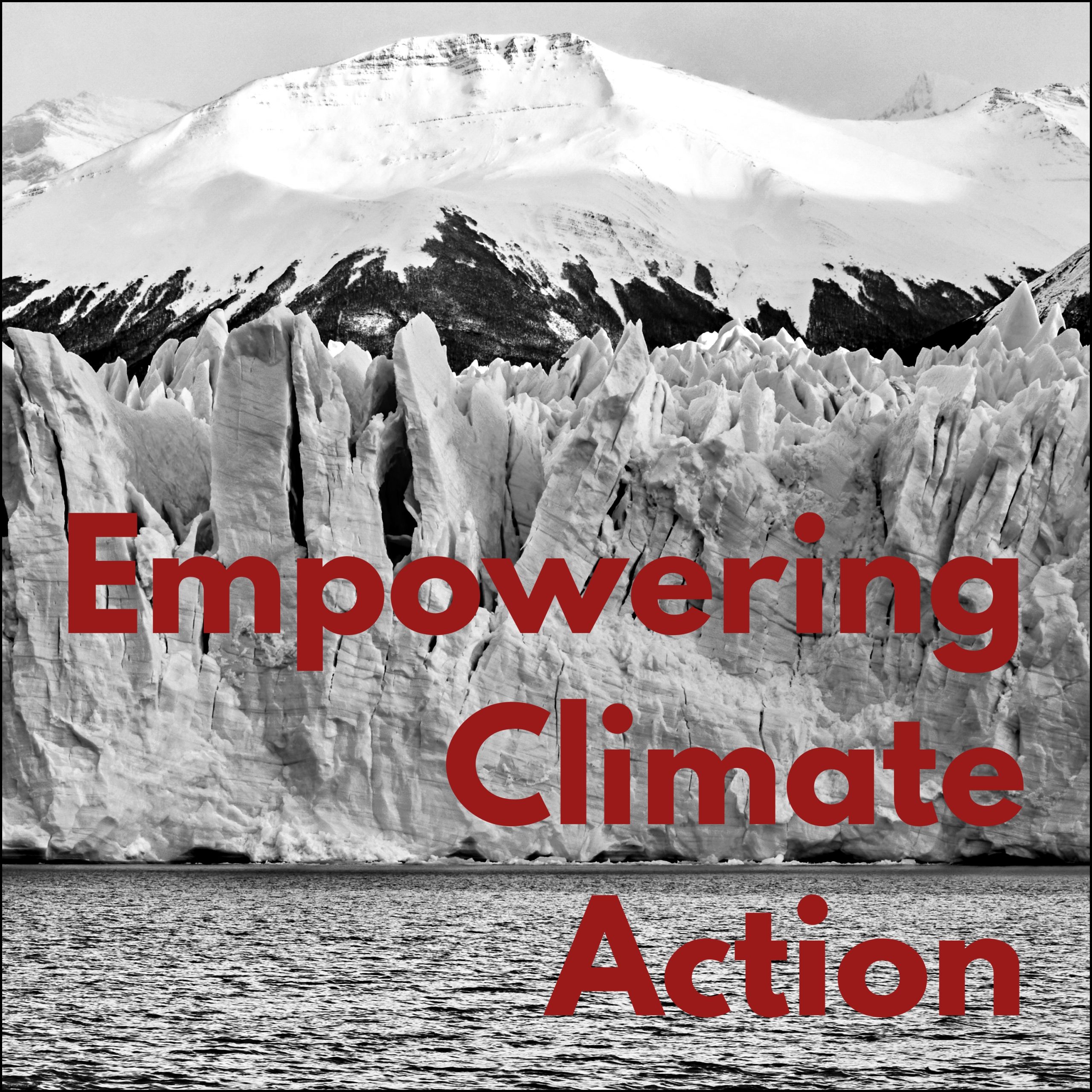It is real – The West Antarctica will melt. It has already started with the ice shelf of the Thwaites Glacier and we cannot control it anymore.
It is us – The reasons for why this is happening are complex however, it ultimately can be traced back to man-made climate change.
Experts agree on the above two statements.
It is bad – A melting West Antarctica means rising sea levels of about 1 meter by 2100 and in total about 3.5 meters by an undetermined time – probably by 2300. Cities like New York, London, and Tokyo will be flooded. Further consequences are storm surges, floods and migration waves.
There is hope – Doomsday attitudes paralyze us and don’t help anyone. What we can do is invest in research of the Thwaites-Glacier so that we can accurately predict rising sea levels in order to collectively prepare and protect ourselves.
Let’s start this story all over again.
In the 1970s, John Mercer, a British Glaciologist, formulated a visionary thesis: man-made climate change would have an impact on the Antarctic and thus on the rise of sea levels. At that time, people declared his thesis as absurd. Except for Terry Hughes, from the University of Maine, who spotted the weakness of Antarctica. In an academic paper in 1981, he explained West Antarctica’s “weak underbelly” and that specifically the Thwaites Glacier functions like an ice cork that keeps West Antarctica from melting and flowing into the sea. Today we know that he was right. This glacier will indeed determine sea level rise over the next few decades.
In fact, the West Antarctic ice sheet loss is one out of nine climate tipping points. Once the tipping point is reached, the system is irreversible. Scientists currently debate whether we have already reached this tipping point. However, they do agree that the sea level will rise, even though it will take years until we will see and experience the full consequences.
To understand the chain of reactions that is taking place, one needs to know a few things about Antarctica, ocean currents and ice.
First, Antarctica is the coldest place on earth. During winter, temperatures lie between minus 60 to minus 70 degrees Celsius which means, the ice is not melting from above, from a warmer atmosphere like your ice cream in summer does. Glaciers in Antarctica are melting from below, from warmer water in our oceans. To be clear: when we call the ocean “warm” in Antarctica, we actually mean temperatures just above the freezing point.
Second, warmer water from the north could not reach Antarctica until recently. The so-called Antarctic Circumpolar Current (ACC) is a ring-shaped, cold ocean current that flows around Antarctica which climatically isolated the continent from the rest of the world for millions of years which is why glaciation began. However, the ACC has changed. It became faster and warmer. Most likely because more warm water is coming in from the north due to changes in wind and storm patterns in the southern hemisphere which in turn, were triggered by human-induced climate change. In much of Antarctica that is not yet a major problem because the warm water is additionally blocked by the continental shelf (that’s the shallow, near-shore seafloor) or because the ice sheet is above sea level.
Third, Antarctica has a continental land mass as well as several large and small islands and most of these islands are permanently linked to the mainland by ice. Some of this “mainland” ice sheet, mostly in West Antarctica, lies below sea level. This is possible because the bedrock under West Antarctica has a retrograde slope, meaning it slopes towards the interior of the continent (for simplicity, just imagine it in the shape of a bowl). Therefore, the bedrock is deeper towards the interior of Antarctica and gets closer to sea level at the edges. During the last Ice Age, this “bowl” full of water underneath the continent became full-blown ice. At its thickest point, the ice reaches 1,500 meters underneath the sea level. However, there is one loophole and potential entrance for warmer water from the ocean to this “bowl” full of ice underneath West Antarctica: it’s the Thwaites Glacier. Up until now, the Thwaites Glacier functions as an ice cork, preventing water from undermining the ice sheet of West Antarctica and therefore, preventing it from melting.
Lastly, it is important to know that it is actually normal for the Thwaites Glacier to move its ice gently towards the sea and form floating ice shelves, because the weight of its thicker inland ice pushes it towards the edges. The resulting ice shelves, that are swimming in the ocean, can be up to 1,000 meters thick and act like a brake block, preventing the mainland ice sheet from flowing into the sea too rapidly. Up until recently, ice loss in Antarctica largely matched the amount of ice gained by snowfall so that the size of the ice sheet roughly remained the same. However, this has changed as well. The protecting ice shelf of Thwaites Glacier has recently been dissolving at an accelerating rate. It is predicted to burst within the next 5 to 10 years.
Once this has happened, “warm” water will penetrate and, due to the retrograde tilt, undermine Thwaites Glacier until it loses its grip on the ground and the water will push it out into the sea. The Thwaites Glacier will collapse and account for a rising sea level of 60 cm.
Once Thwaites Glacier has collapsed, the water will be able to penetrate and melt the entire West Antarctica (6 times the size of Germany) which will account for a rising sea level of about 3.5 meters. Cities like New York, London and Tokyo will be flooded.
Up until now, the sea level has risen because of the melting Greenland ice and mountain glaciers and because water expands when it warms. As 90 % of all ice that exists on our planet lies on Antarctica, Antarctica will be the biggest driver for rising sea levels in the future.
This cannot be controlled anymore. Even if we could stop climate change instantly, it would probably take thousands of years for the water in the lower layers to return to its previous “normal temperature”.
46 years after Mercer’s prophecy, we know for sure that this is happening. In 2014, two research groups independently proved that the Thwaites Glacier is collapsing. What we don’t know is how fast it will happen.
“When and how fast” are the guiding questions of the currently largest and most expensive research expedition ever undertaken to Antarctica. 200 employees, USD 60 million and 9 different projects constitute the ITGC, the International Thwaites Glacier Collaboration.
Considering that we are going to spend hundreds of billions over the next few decades to protect our cities from rising waters, it is however unsettling that such an important research group only received a budget of USD 60 million. Let’s spread the word so that politicians, who are hampered to think beyond their current legislative period, will give ITGC more funding.
The good news of this story: the Thwaites Glacier is not yet the downfall of mankind. It is however a wake-up call that we need to change our lives NOW. Losing land and cities will be the price we certainly must pay for more time to transition from fossil fuels to alternative energy sources.
We are thankful for the excellent research by Christof Gertsch, Mikael Krogerus and Sebastian Broschinski –published in the Swiss Tagesanzeiger– which was the inspiration and a key source of information for us.
Further reading:
- https://thwaitesglacier.org/index.php/
- https://www.weforum.org/agenda/2022/09/rising-sea-levels-global-threat/
- https://www.nature.com/articles/d41586-019-03595-0
- https://sealevel.nasa.gov/understanding-sea-level/overview
- https://www.climate.gov/news-features/understanding-climate/climate-change-global-sea-level
- https://www.visualcapitalist.com/cp/sea-level-rises-2100-by-region/
- https://www.nationalgeographic.com/environment/article/sea-level-rise-1
- https://www.tagesanzeiger.ch/dieser-gletscher-bestimmt-die-zukunft-der-menschheit-496385214213





